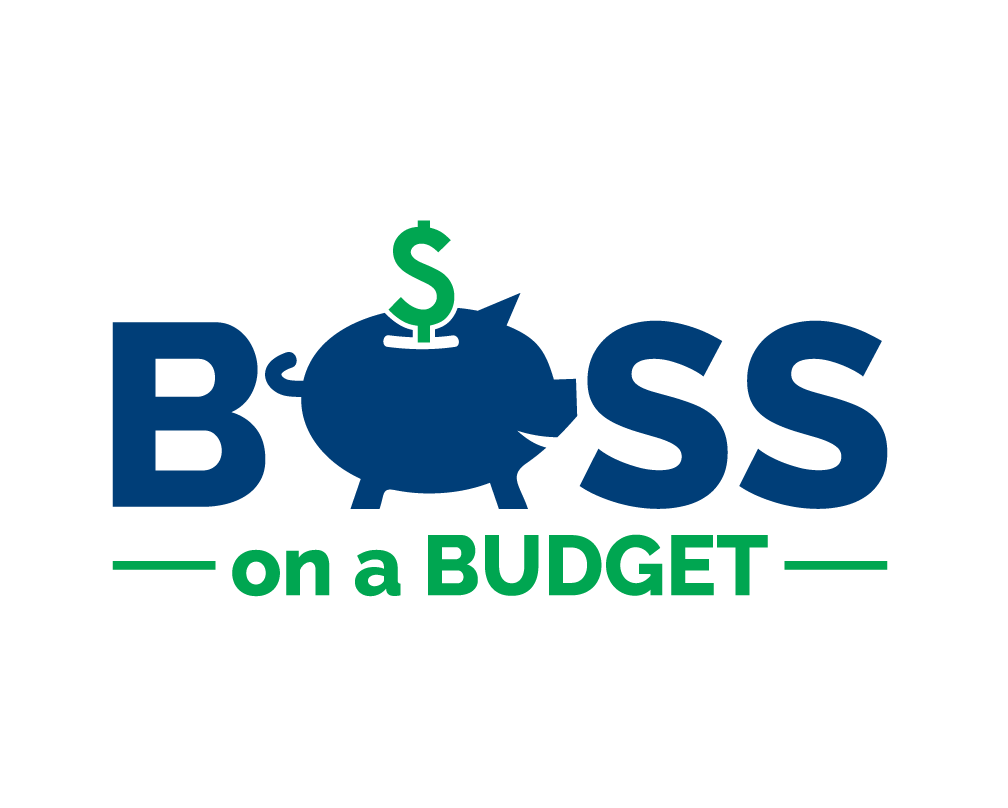How to Take Nonprofit Board Meeting Minutes + a Meeting Minutes Template
If I were to ask about the favorite part of your job, the LAST item on your list would probably be going to meetings. I can honestly say (especially in the COVID-19 era), that meetings are the bane of my existence. The ding of a new calendar reminder for yet another Zoom meeting does not bring me joy. But as much as I dread it, I know that meetings are a necessary evil.
Meetings are especially useful for founders as they start their nonprofits because they keep you and the board accountable. Setting a meeting schedule creates milestones so you always know there’s something coming up next and it ensures that everyone is prepared to report out at the next meeting. Not to mention that your state probably requires at least one annual meeting for your board.
One under-appreciated aspect of running meetings is the meeting minutes. So, let’s talk about how vital it is to capture the notes and conversation from your meetings. In the startup phase, things may be moving quickly, and there are often multiple people having multiple conversations. While the meetings help pull it all together, the meeting minutes help solidify the plans made during those meetings. If you don’t document what happened or what was said, it didn’t happen! So let’s break down the importance of meeting minutes and discuss how to keep the best minutes possible. This post will focus on meetings for the board of directors, but you can also apply some of the tips at the end of this post to other organizational meetings.
Later in this post, I will provide a template for your meeting minutes (with a link to my mini toolkit where you can purchase your own copy).
What are meeting minutes?
Meeting minutes record the main discussion from a meeting which may include all motions proposed, dismissed, or voted on; and any other key activities. The minutes should be an accurate record of what happened at the meeting and are essentially your proof that the board made a decision. This becomes important for issues like conflict of interest, when you need to record how a decision was made and who was involved. For example, if the board is making a decision on contracting with a company that is affiliated with someone on the board, your minutes should record who voted, who recused themselves, and the final tally of votes so that the iRS can ensure there was no undue influence (to ensure that no one unfairly benefited due to the board’s decision).
When are meeting minutes required?
If there’s any instance where your board needs to make a decision, then it should be counted as a meeting and minutes should be recorded. Your bylaws may have rules about what constitutes a meeting (for example, it may require a certain number of members to be present). Your bylaws may also stipulate the approved format of meetings (e.g., in-person, by phone, by video call). Always start with your bylaws to dictate how the meetings are counted. When taking meeting minutes, just remember that if it’s not documented, there’s no written proof that a decision was made.
Meeting minutes in most circumstances are considered a public document, so be mindful if there is some information that is not meant to be disclosed to the public. If there is confidential or proprietary information that you don’t want to share with the general public, consider redacting some of the notes or keeping a separate version of the notes.
What are the IRS rules on meeting minutes?
This section is specifically focused on 501c public charities (go HERE if you need to know what that means) and is taken from the IRS guidance for public charities which can be found HERE.
The IRS requires that public charities maintain books and records to show that they comply with tax rules. When the IRS mentions records, it’s mainly referring to receipts and expenses, or the organization’s accounting procedures. While the IRS encourages organizations to keep records, they have not specified a specific format for your meeting minutes or the record keeping system required for storing minutes.
The IRS will ask on the annual 990 form whether or not board meeting minutes were documented at that time they were completed. Note: If the IRS is asking about something, that means they care about it and if you’re not meeting what they believe to be good governance practices, you might be on their radar.
“The IRS requires that public charities maintain books and records to show that they comply with tax rules. ”
Even though the IRS does not explicitly name meeting minutes in most of the guidance about records, meeting minutes are still important because they can provide evidence of any decisions, in case they request additional information from your organization. The one place the IRS does explicitly reference meeting minutes in their guidance is when requiring that meeting minutes be kept permanently.
If you do not keep complete records, you run the risk of losing your tax-exempt status or having your organization classified as a private foundation. Also, your records must be available for inspection and you should be sure records can back up what has been filed in your annual 990 tax forms.
How do you complete meeting minutes?
Given that the IRS does not specify the format of meeting minutes, let’s talk about what you SHOULD include so that you can feel confident that you’re meeting their needs. However, meeting minutes shouldn't just be an exercise to satisfy the IRS requirements, but they should be structured in a way that can also help your organization. Make sure your minutes include the following information:
Date and time (start and end) of your meeting
The type and purpose of meeting
Members in attendance and those absent
Names of non-Board members in attendance
If a quorum (the minimum number of directors required by your bylaws to constitute a meeting) was established
Whether a person arrives late, left, or returned to the meeting
Actions (approvals, dismissals, dissents)
Results of votes
Recusals from discussions or voting
Action items, what people commit to do - I recommend to put them in a conclusion section.
Your bylaws may also specify how to handle things like votes and quorums (the number of people who have to be present to have a vote), who should approve notes, and how notes should be stored. Be sure to refer to your bylaws first before determining how you will record your minutes.
Go HERE for a listing of items to include in your meeting minutes. Looking for a meeting minutes template? Download my mini-kit, which includes a meeting minutes template, agenda for your first board meeting, and templates for your corporate binder:
How should meeting minutes be stored?
It is recommended that you keep copies of all board meeting minutes. This should be detailed in your document retention policy, but they should never be destroyed. Given that they are public record and are evidence for decisions made and processes put in place, you want to make sure you have a record that you can always refer back to.
Tips for taking meeting minutes
Make sure you determine the role of the notetaker before the meeting starts. It will likely be the board secretary, but in instances where that role is vacant or that person is not in attendance, be sure to have someone designated as notetaker.
Use the meeting agenda as the outline for the meeting minutes to ensure that you cover all the items on the agenda and everything is organized.
Have a common template that you use for meetings so you are not recreating documents or formatting every time there is a meeting.
Don’t write everything verbatim (as everyone says them). Highlight the key points and the key decisions made, as well as the next steps.
When I take notes, it helps me to have a draft sheet where I record all of the notes in one sheet and then save a final version that’s more pared down and better organized.
Having a sign-in sheet to track names is important, but for virtual meetings when you can’t have a sign in sheet, be sure to do a roll call so everyone can say their full names, and you can take time to capture the correct spellings.
Create a common naming convention for your files so that notes are easy to find if stored on a computer or online drive. For example you can use the Name [Organization] Board Meeting Minutes_8.7.2020 and just update each one for the date of the meeting.
Do you want to know what it takes to start a nonprofit? Read my post about starting a nonprofit organization ——> HERE.



